Are you looking for a contractor?
Submit our quick form and get quotes now!
Table of Contents
7 min read
Tips and Tricks to Paint Your Staircase
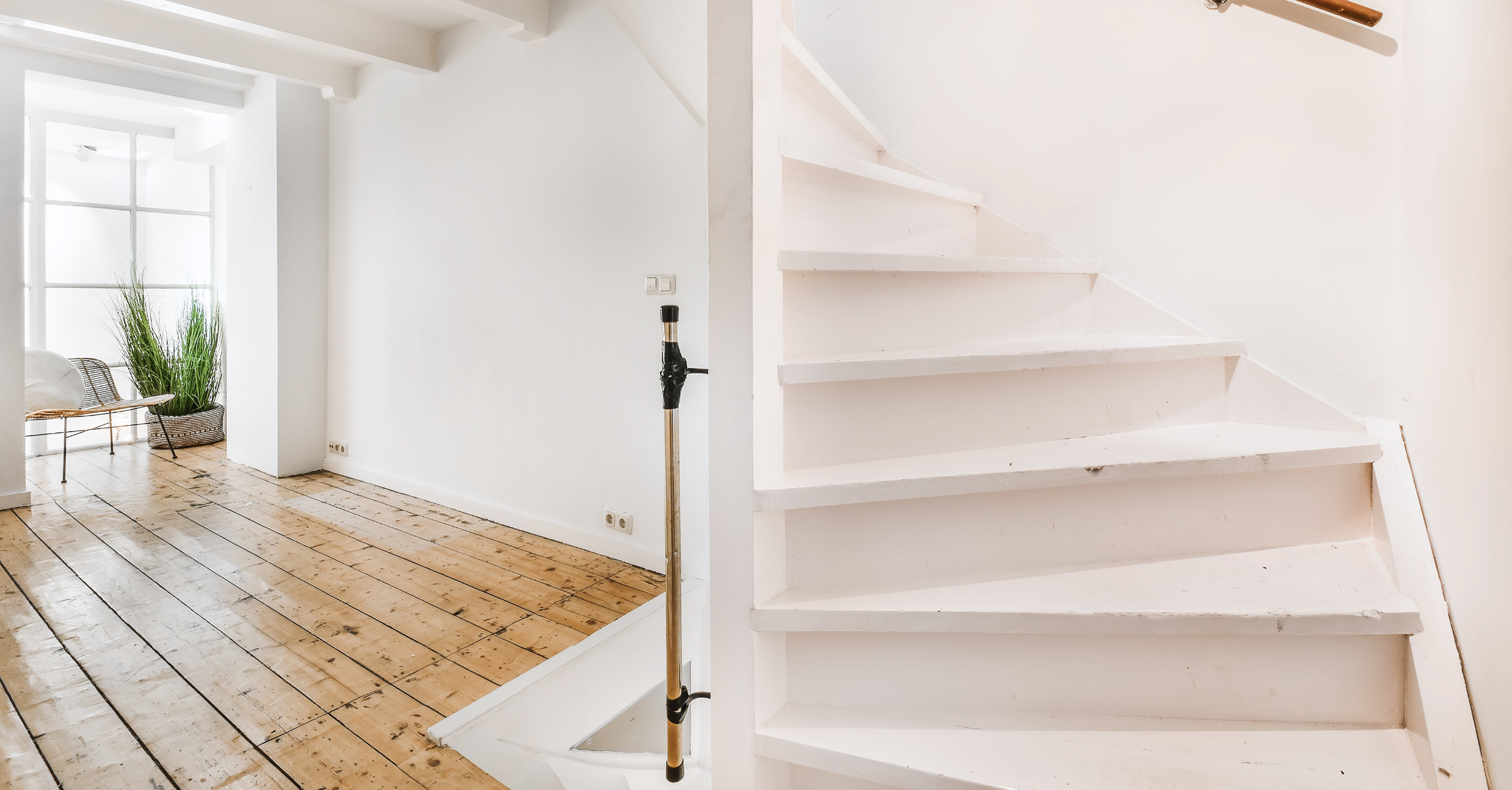

7 min read
Tips and Tricks to Paint Your Staircase
PaintTips and Tricks to Paint Your Staircase
Revamping your stairs isn’t as tricky as it might sound. With a few useful DIY tips and tricks, you can transform your time-worn wooden or metal stairs into an appealing feature. Whether you’re looking to paint over your stairs without first sanding them or opting for a more metallic finish, the paint colour chosen and the preparation stages are vital. Find out how you can efficiently DIY paint your stairs.
Step 1: Choose the right type of paint for your stairs
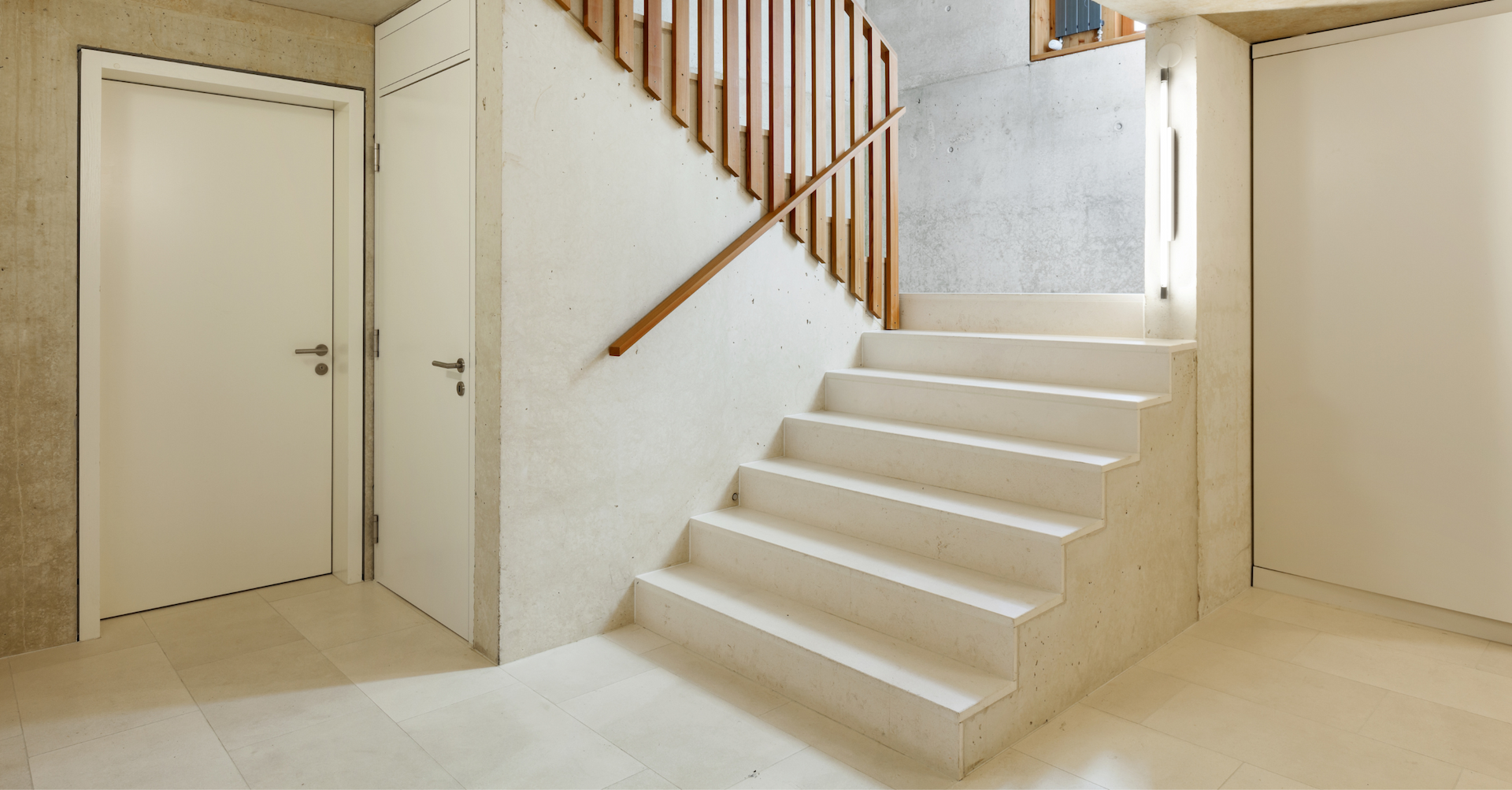
Source: Canva
Finding an interior stair paint isn’t necessarily a walk in the park. Albeit there are only two paint groups, water- or oil-based paints, they both branch out into the following:
Acrylic paints
Alkyd paints
Enamel paints
Glycerophthalic paints
Polyurethane paints
Epoxy paints
Learn about their advantages and downsides to then choose the best paint for your interior staircase painting project.
Acrylic paints
Acrylic paints are water-based, therefore often referred to as “water-based paints.” They differ from so-called “solvent-based” paints due to their binder.
As a matter of fact, acrylic paint simply needs water as a dilluter since it isn’t made with any chemical solvents, but rather with acrylic resins and colour pigments.
While they work perfectly well on wood or metal surfaces, using acrylic paints on concrete is typically advised against.
Alkyd paints
Alkyd paints are water-based paints that merge the properties of acrylic and oil-based paints (glycerophthalic, polyurethane, and epoxy). They’re odourless, quick-drying, durable, and can be applied to all surface types.
However, given their list of attributes, they aren’t only water-based, but also include either vinyl or silicon binders.
Enamel paints
Enamel paints, also known as acrylic polyurethane paints, have very similar characteristics to polyurethane. However, they are:
More weather-resistant
Less likely to fade
Air-drying
Acrylic polyurethane paints are perfectly adapted for outdoor use, but can also coat an indoor wooden, concrete, or steel staircase.
Glycerophthalic paints
Glycerophthalic paints are oil-based paints, much like polyurethane and epoxy. Prior to use, they must be diluted using an organic solvent. They’re made with a binder, pigments, and additives.
Much like all oil-based paints, glycerophthalic paints dry as the chemical solvent in its composition evaporates. In other words, they release a large quantity of VOC, and are especially toxic to humankind, as well as the environment.
However, glycerophthalic paints are high-performance paints. The paint’s results are apparent in its ability to withstand physical impacts, scratches, as well as moisture. Therefore, they’re especially suited to high foot traffic areas and wooden or metal stairs.
Polyurethane paints
Polyurethane paints are reactive polymer compounds that include resins and a hardening agent. Polyurethane paints are grouped under oil-based paints and are considered thermosetting polymer resins.
In layman’s terms, it’s a liquid-state plastic that, once dry, forms a protective film resembling paint.
Polyurethane can be one part (urethane) or two parts (polyurethane). The main difference resides in the drying time and the product’s resilience. However, when used indoors, the resilience of two-part polyurethane isn’t necessarily required.
However, its drying time is definitely longer (12-14 hours), but can be limited to two hours with a urethane accelerator.
This type of paint suits all surface types, meaning it can be applied to metal, wood, and concrete stairs.
Epoxy paints
Epoxy, which is also categorized under the thermosetting polymer resin family branch, is a plastic with constant-hardening properties. Its biggest advantage is its water and moisture resistance.
Even if it isn’t as supple as polyurethane paint, epoxy paint can also be applied to all surfaces (tile, concrete, wood, metal).
Weighing the pros and cons of each paint type…
Paint type | Metal | Wood | Concrete | Pros | Cons |
Glycerophthalic paint | X | X | X | High coverage Very durable May contain a fungicide May contain anti-moisture additives Low maintenance | VOC Potent smell during application Paintbrushes are hard to clean |
Epoxy paint | X | X | X | Durable Withstands foot traffic Withstands abrasions, physical impacts, and scratches Low maintenance | May fade over time |
Acrylic paint | X | X | Practically odourless Low VOC Paint tools are easy to clean May contain a fungicide May contain anti-moisture additives Quick-dry Stain-resistant Low maintenance | Expensive Not meant for very smooth surfaces Not as wear-resistant Needs several coats | |
Polyurethane paint | X | X | X | Thick protective coat Glossy and smooth finish Wear-resistant Suited to smooth surfaces Water-resistant Withstands chemical products Can be rust-proof Impervious to concrete’s alkaline level Doesn’t require a primer Adapts to material’s motions Doesn’t fade Withstand repeated washings Affordable | Long drying time Potent smell Toxic |
Enamel paint | X | X | X | Thick protective coating Can be rust-proof Doesn’t fade Weatherproof Air drying | Toxic Potent smell Long drying time |
Alkyd paint | X | X | Resistant Waterproof Smooth finish Practically odourless Quick touch-dry Moisture-resistant Washable | VOC (very little) Toxic (very little) Slow to fully dry Yellows over time |
What’s the best paint type for wooden stairs?

Source: Canva
Is there a type of paint specially formulated for wood?
Nope, there aren’t any. Paint is either water-based or solvent-based. Therefore, you either have to choose between an acrylic or alkyd paint suited for wood or an oil-based one that’s also suited for wood.
The first two (water-based) are easier to clean, quick-dry, and less toxic than the latter (solvent-based). However, they’re harder to apply and don’t adhere as well to surfaces.
Sanding-Free Wooden Staircase Painting Tips
Specially designed primers and adhesive paints
Believe it or not, you can paint a wooden staircase without first having to sandblast it. However, you still have to wipe it down with sandpaper and methanol to remove coarse dust particles. Without this light manual sanding process, the paint just won’t adhere to the wood.
As for the paint, without sandblasting, it’s best to use a multi-surface, water-based paint or resin-based paint.
However, if your stairs are waxed or oiled, you won’t be able to paint without first sanding down the wood, no matter the paint type you use.
Tips for a Smooth and Durable Finish
Use sandpaper and manually scrub your stairs to remove dust and smooth out the surface. Doing so will allow the paint to better adhere to the wooden steps.
Stairs are great flat surfaces, therefore, you can use a paint roller.
For a meticulous finish, use a paintbrush when cutting.
For a smooth finish, you have to stretch the paint (one thin coat at a time) to prevent streaks and blisters.
Apply a second coat of paint once the first is completely dry, following the exact same steps.
What type of paint should you use on concrete steps?
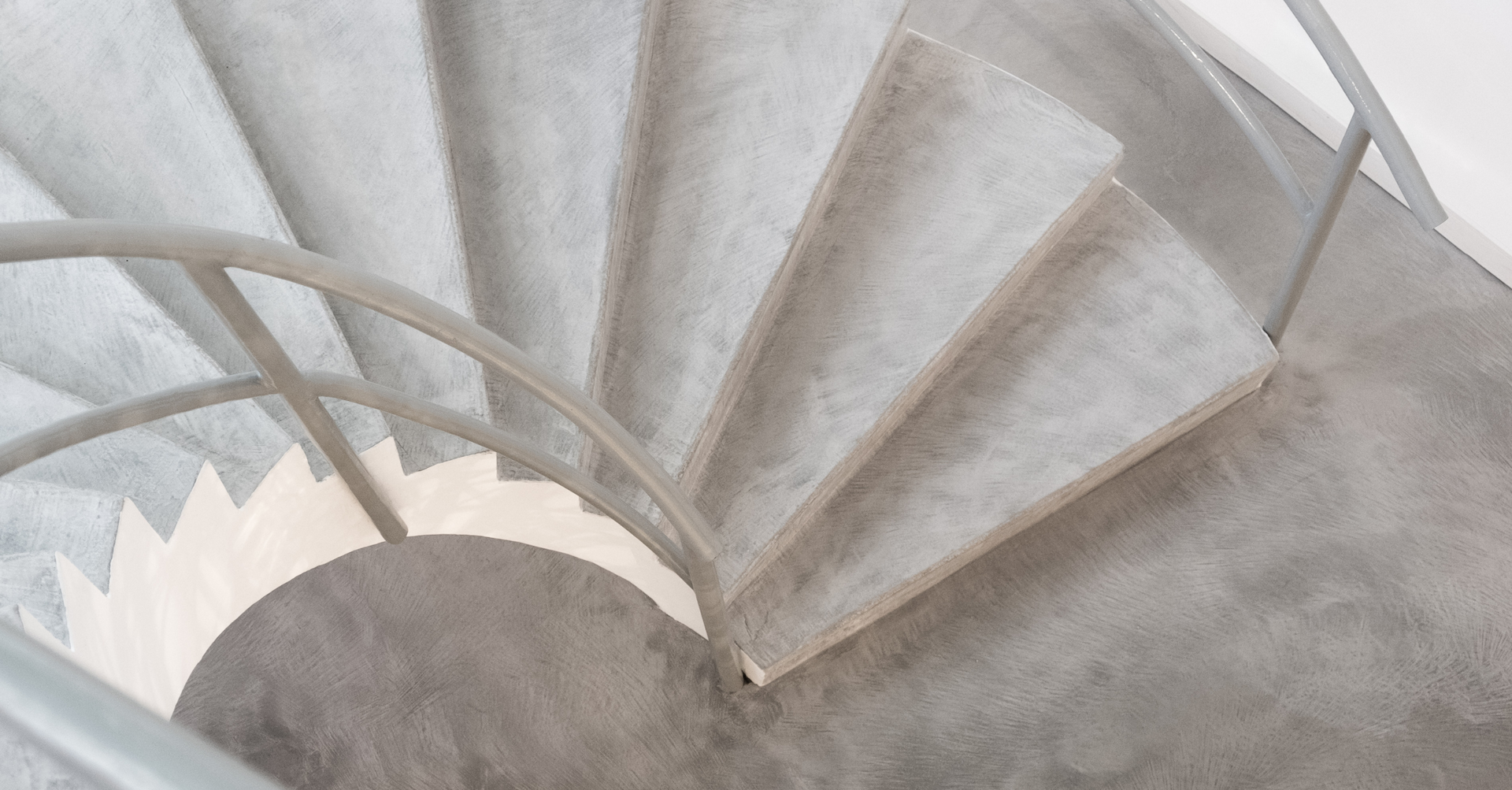
Source: Canva
Tips for Choosing the Best-Suited Paint
Epoxy paints are especially suited to concrete as their chemical formula allows them to bind to concrete. Epoxy paints are durable and wear-resistant. However, they’re not easy to apply.
When you first purchase your paint, ensure that it's labelled for concrete and masonry. The paint will be thicker compared to standard paints.
In any case, choose an anti-slip paint for your steps. The finish will be lightly sanded. If the paint you’ve purchased doesn’t include the above-mentioned properties, you can always add an anti-slip additive mix to the final coat.
How to Get Your Concrete Stairs Paint-Ready
Make sure the concrete is clean and devoid of coatings or waterproofing products. The presence of such components could prevent the paint from adhering correctly.
Weigh the foot traffic to choose the best option between a standard paint and a pigmented hardener or an acid stain. In fact, in heavy foot traffic areas, the paint is likely to deteriorate as a result of abrasion.
For proper adhesion, concrete must have a lightweight texture but a lightly coarse finish. If your concrete was trowel-finished, or especially smooth, the paint won’t adhere to the surface properly.
In such a case, we recommend stripping the concrete surface with acid, or manually sanding the surface.
Read the manufacturer’s instructions carefully. The latter will detail useful guidelines in terms of the required indoor temperature during paint application. Rarely is it advised to paint when temperatures are below 10°C (50°F).
Check the concrete’s humidity level. An overly humid concrete will prevent the paint from adhering. To know whether your concrete is overly humid or not, stick an 18 sq.in. plastic square to your floor.
If, after 24 hours, condensation has formed beneath the plastic square, it’s a telltale sign that your concrete is overly humid. Allow it to dry for a few more days.
Tips for Painting Indoor Metal Stairs
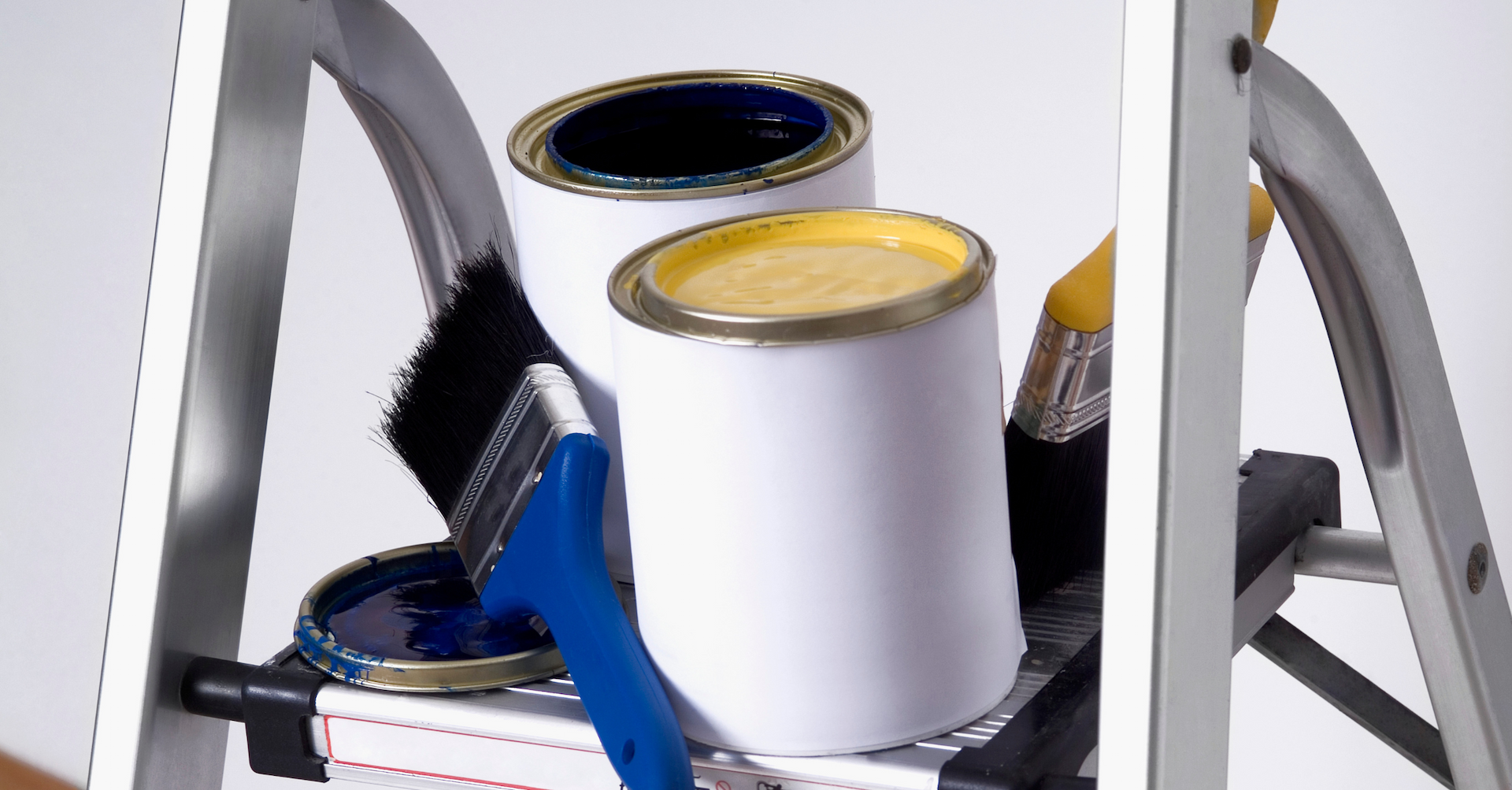
Source: Canva
How to Get Your Metal Stairs Paint-Ready
If you’re working with an age-worn metal staircase, make sure the existing paint coat isn’t lead-based.
Make sure your stairs are rust-free. Rust will prevent the paint from adhering to the metal surface.
Clean the stairs to help the paint adhere to the surface.
A rust primer should be applied to the metal for the paint to better adhere.
Rust and Scratch Guard
Metal staircases, even found indoors, must be rustproof. As a matter of fact, the ambient air inside of a home is never dry. As a side note, in Quebec, relative humidity levels are on average 60% in May and 76% in December.
The scratch guard is entirely dependent on the paint type used. Polyurethane paint is perfect to protect metal stairs from scratches.
However, no matter the paint used, avoid cleaning your stairs with an abrasive sponge or brush. It’s exactly this type of cleaning apparatus that could scratch the paint on your metal stairs.
Colour Suggestions for Your Steps

Source: Canva
Paint sold by retailers, whether water- or solvent-based, is available in a wide-ranging set of colours. Therefore, you can let your imagination run riot. To guide you along, here are a few pointers.
Create gradients or patterns
The first—and most straightforward—method is to design a dual-coloured staircase. Paint the risers using a darker hue, while the tread is coated in a lighter colour.
In keeping with dual-coloured designs, you can always draw patterns. For example, painting black triangles onto white treads.
On another trendier note, try painting each riser with a different colour.
Specific Considerations to Paint Basement-Leading Metal Stairs
Colour choice
The colour palette you should stick with is entirely dependent on the following factors:
Ground-level flooring
Basement flooring
Doors
Walls
You can either choose a colour that matches the nearby surroundings or a colour that’s a stark contrast. In keeping with the latter scenario, if your doors are white and your flooring is light in colour, dark-hued stairs, black even, will make for the perfect contrast.
Lighting
There are five key ways to light your basement staircase:
At the top of your stairs, above the door frame
Ceiling
Along the staircase-adjacent wall
On the wall, levelled with every step
Beneath the step nosing (LED strips)
Ultimately, choosing one type of lighting over another will depend on what you’re looking for. Are you looking to showcase your staircase (LED strips, wall-mounted lights next to every step) or simply for added staircase safety (light fixture above the basement-leading door or ceiling)?
Once you’ve answered this question, you’ll know what type of lighting you should steer toward.
Painting an Indoor Staircase: The Key to a Stunning Transformation
Painting your interior staircase can radically transform your home’s aesthetic. It’s an endeavour that can not only revamp its overall look but also add a personalized touch to your living space. The detailed tips and tricks, such as meticulously prepping the surface, choosing the right colour(s), using quality paint, and a methodic application, are vital to achieving an impressive and durable finish. It’s important to consider safety in general, meaning using anti-slip materials when needed. By following our guidelines, you can revamp your staircase while also adding a dash of creativity to your home.
Get 3 renovation quotes for your painting project
RenoQuotes.com can help you get quotes for your painting project. When you submit your project, we’ll put you in contact with top-rated contractors. Fill in the form on the homepage (it only takes a few minutes) and get estimates from trusted professionals.
Dial 1-844 828-1588 to speak with one of our customer service representatives.
Last modified 2023-11-07
Looking for something else?
Related articles
The latest industry news, interviews, technologies, and resources.
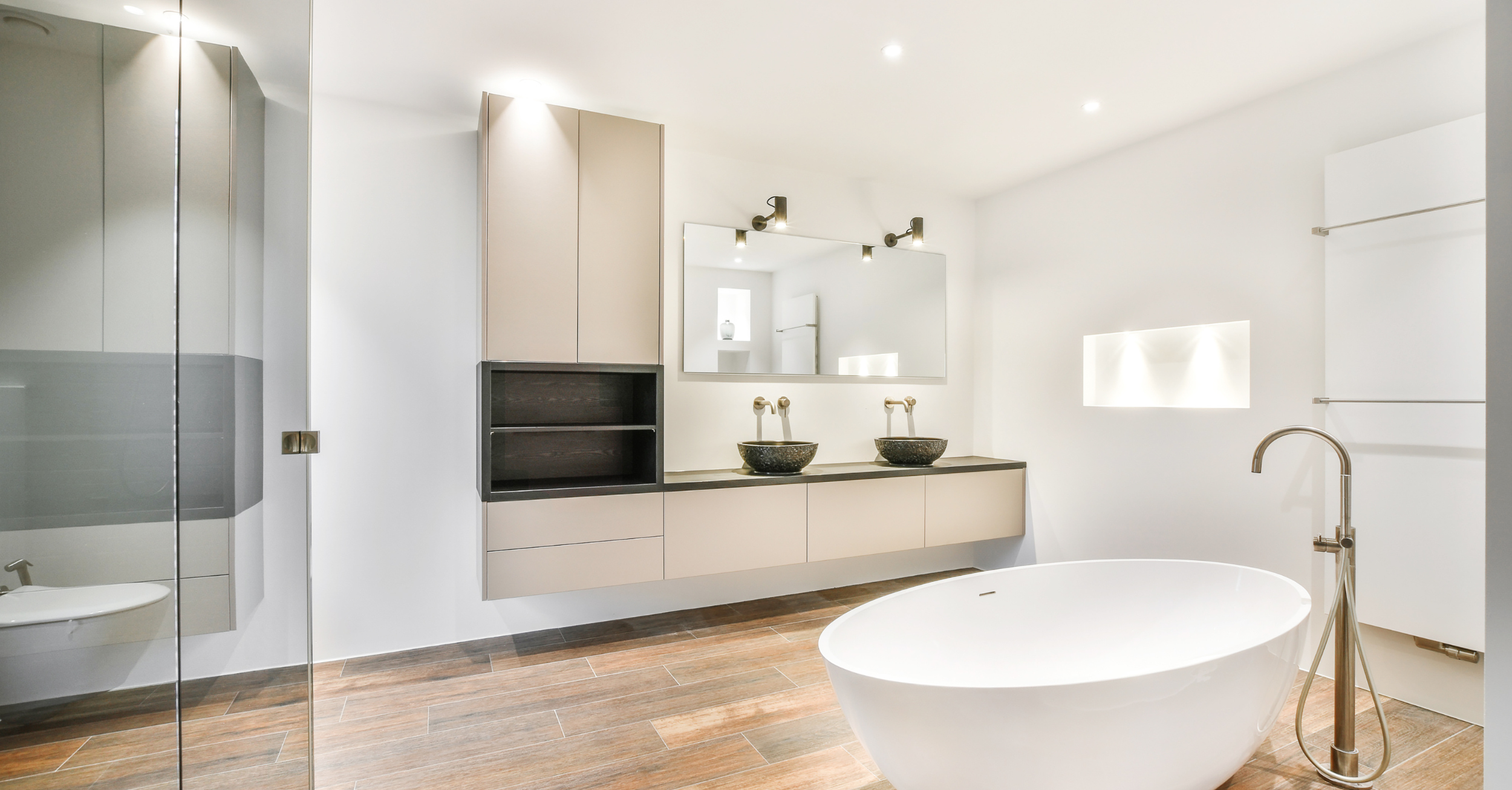
RenoQuotes.com • 07 Nov 2023
Your bathroom is a room on its own, which is purely functional for most, yet somewhere many others will soak in a warm candlelit bath. Painting the surfaces around bathroom-specific items is a simple and cost-effective way to revamp the area and change the overall look. Now it’s up to you to choose the right paint to coat this humidity-prone area.
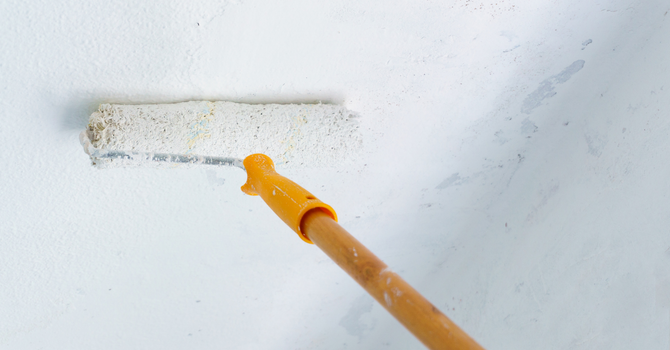
RenoQuotes.com • 07 Nov 2023
There’s nothing like a bit of paint to morph a room, to then embrace the environment in no time. While painting projects are mostly feasible by all, it still goes without saying that professionals have proficient knowledge of the basics of painting to carry out a flawless finish. If that doesn’t reflect your abilities, unsightly marks could give you away sooner or later...like paint blisters or bubbles appearing on a freshly coated wall.

Karine Dutemple • 07 Nov 2023
Thinking of purge your material possessions to follow the minimalist trend and simplify your daily life? If that's what you want, we've got some home decor ideas to inspire you for your next renovation project and create a minimalist decor that lives up to your expectations!
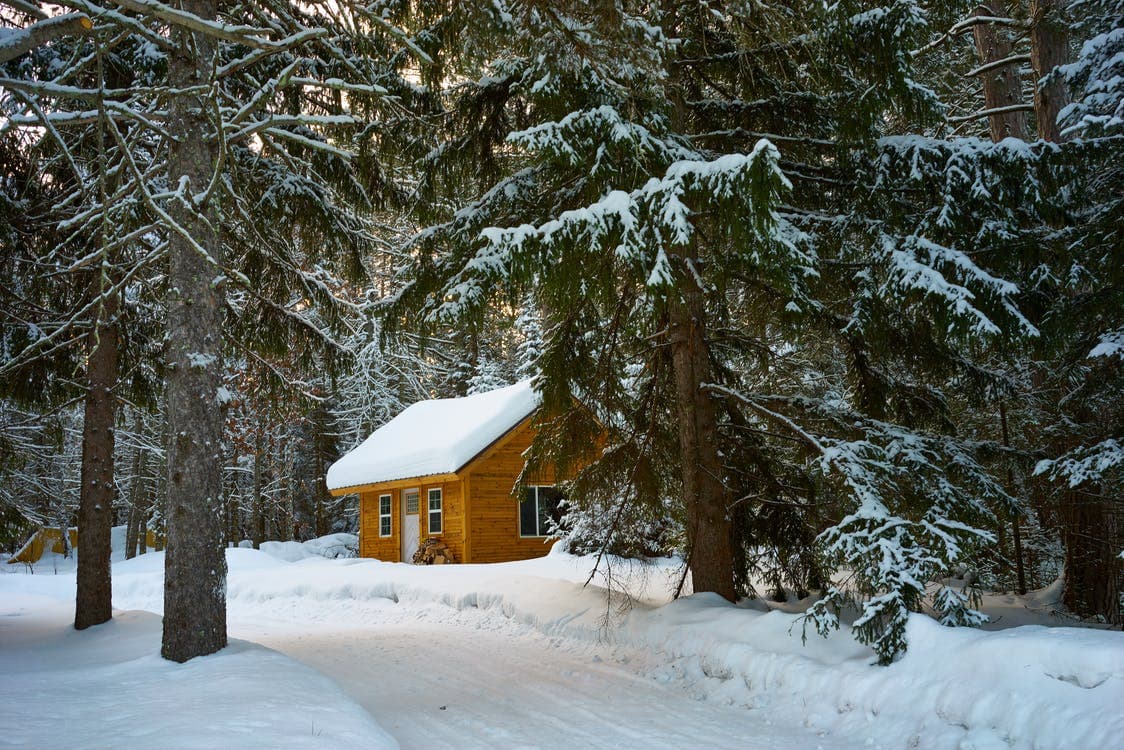
Cynthia Pigeon • 07 Nov 2023
By carefully selecting the materials used in our homes and apartment units, we can make a difference and revert to building practices that combine both comfort and sustainability. Hemp concrete, which is plant-based concrete, is just one of the ways to do so. Check out the following to learn more about it.
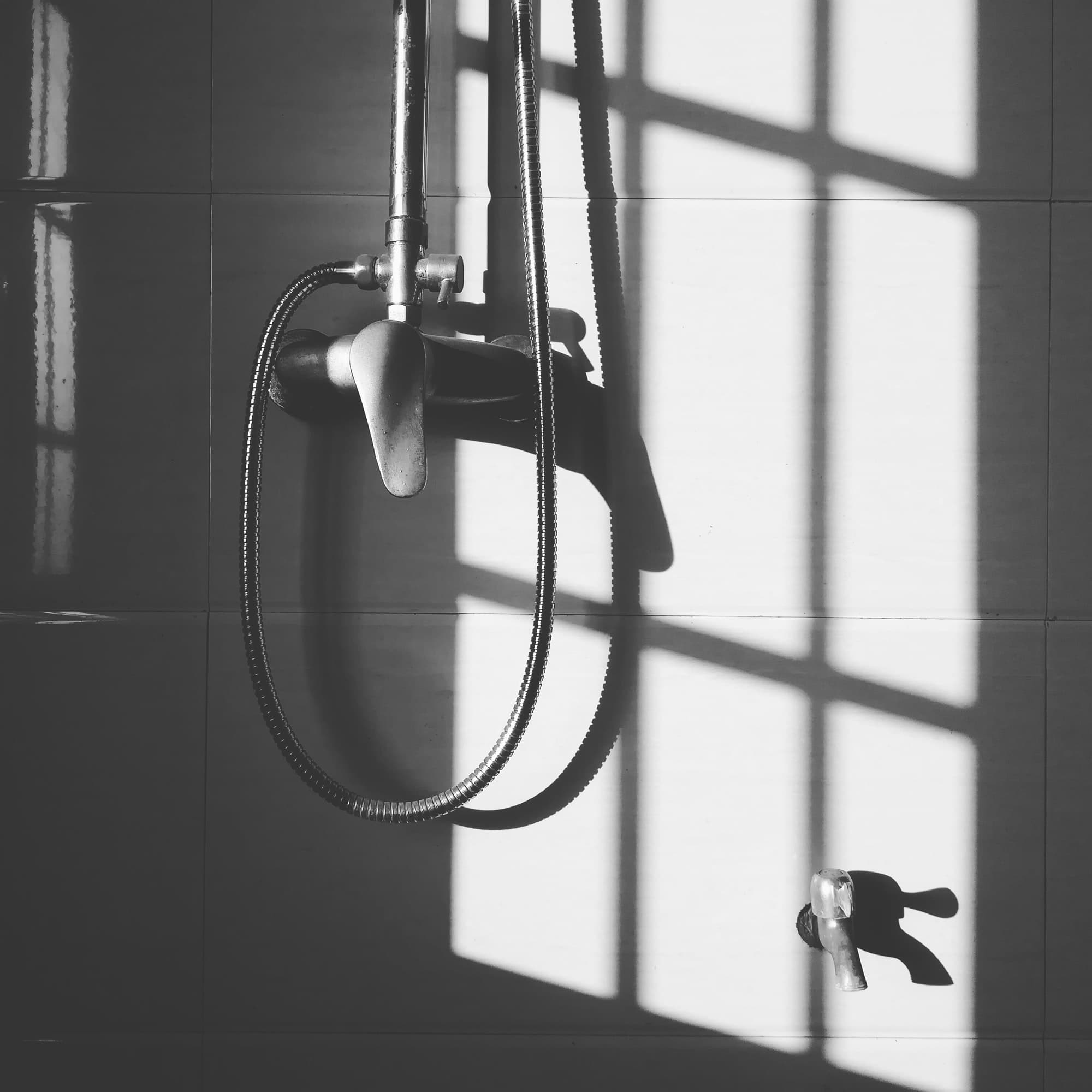
Cynthia Pigeon • 07 Nov 2023
Ready-made shower stall kits can be purchased, and these include the shower tray, panels, doors, profiles, faucets, drainage system and mounting screws. This article has for purpose to explain how to install a shower stall sold as a kit.